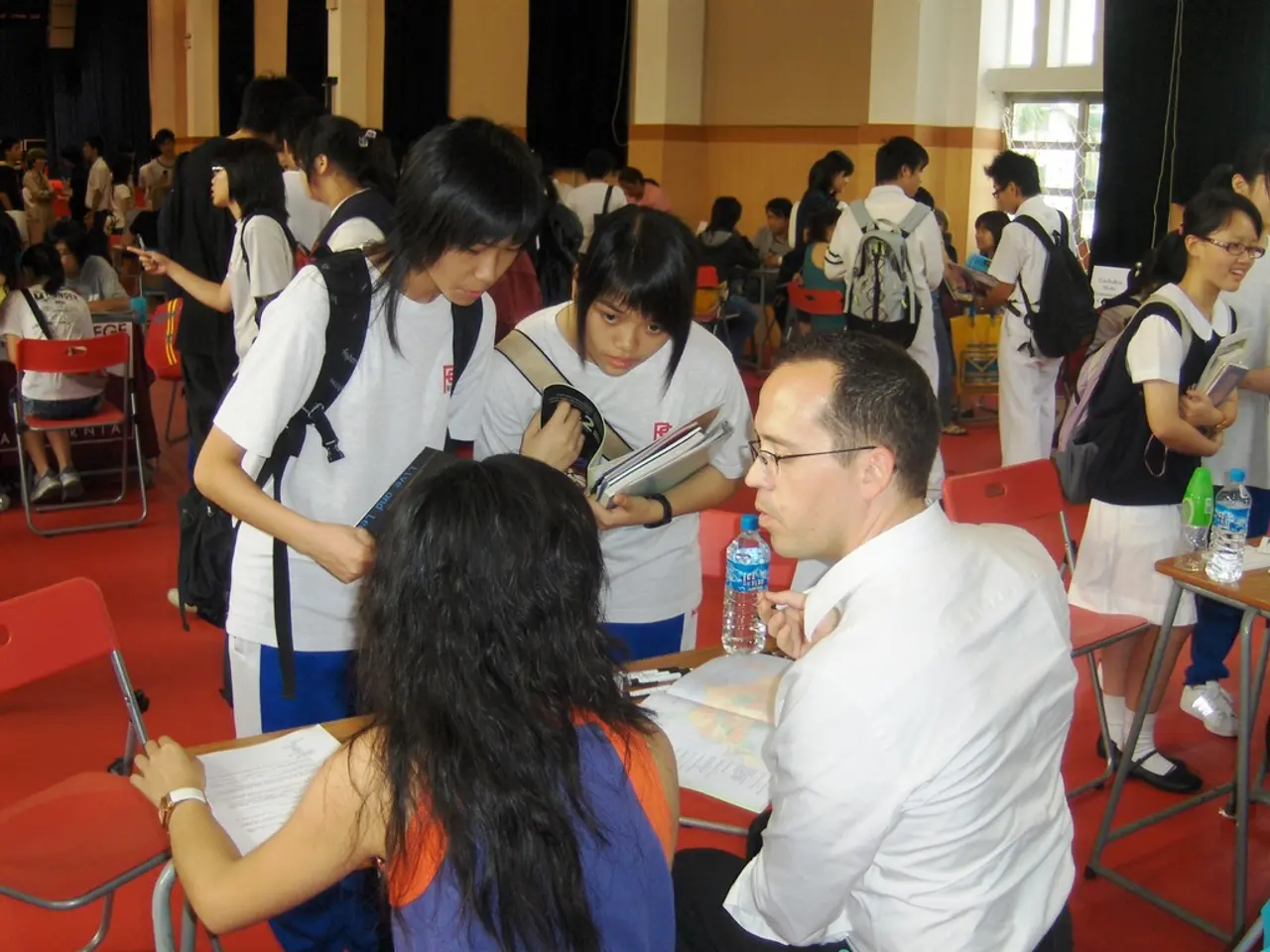Investigating knowledge application in teaching environments
In a recent webinar, Chloe Stantiall, a year 5-6 kaiako at Silverdale Normal School, was assisted by researchers Maurice M. W. Cheng and Bronwen Cowie from The University of Waikato. The session, titled "Exploring mātauranga in the classroom", focused on integrating mātauranga Māori (Māori knowledge) authentically and respectfully in predominantly English-speaking learning environments, with a specific focus on Kōwhai.
The webinar highlighted several key insights and teaching resources aimed at fostering a deeper understanding of mātauranga Māori and its relevance to the classroom.
Key Insights:
- Mātauranga Māori as a Living Knowledge System: Mātauranga Māori was emphasized as a dynamic, interconnected knowledge grounded in whakapapa (genealogy), environment, and community. Teachers were encouraged to see mātauranga not just as content but as a worldview influencing ways of thinking and being.
- Using Kōwhai as a Cultural and Curricular Context: Kōwhai, a native yellow-flowering tree, is a culturally significant taonga (treasure) with strong links to te reo Māori, Tikanga (customs), and ecological knowledge. Plants like kōwhai provide accessible, tangible entry points to engage students in cross-curricular learning (science, language, arts, and social studies).
- Language and Place-Based Learning: Integrating te reo Māori alongside English supports bilingual learning and bicultural identity development. Place-based learning connects students to local environment and history, fostering stronger relationships with the land and community.
- Incorporating Tikanga and Whakapapa: Teaching kōwhai stories, legends, and uses conveys tikanga Māori around respect, guardianship, and sustainability. Whakapapa knowledge helps students understand relationships between people, plants, and wider nature.
- Culturally Responsive Pedagogy: The webinar encouraged reflective teaching practices recognizing students’ cultural identities and prior knowledge. Collaboration with local iwi or Māori knowledge holders ensures authenticity and respects mana whenua (tribal authority).
Teaching Resources:
The resources discussed in the webinar can be found at bit.ly/kohwai or through individual resource links. The resources include articles and activities on mātauranga Māori of kōwhai, collecting and planting kōwhai seeds, observing kōwhai, sharing scientific understanding through poetry, creating kōwhai infographics, and more.
Additional recorded PLD webinars on mātauranga and science teaching and learning are available. The Slideshow from the webinar "Exploring mātauranga in the classroom" is available for additional support.
When planning for hands-on activities with plants, it is important to consider student safety. Useful links for learning about poisonous plants include Manaaki Whenua - Poisonous plants (downloadable poster), National Poisons Centre - Common Poisons Around the Garden, The New Zealand Plant Conservation Network - Poisonous native plants, and The Science Learning Hub - Poisonous plants in New Zealand.
Greta Dromgool was also a participant in this recorded professional learning session. The published resources are from Referencing Hub media, and the Slideshow can be downloaded (23 MB) from the Referencing Hub media. The session included a week-long teaching and learning sequence about kōwhai, with teaching resources developed by Chloe Stantiall based on her class's learning.
Chloe Stantiall worked with Associate Professor Maurice Cheng as part of a Teaching and Learning Research Initiative (TLRI) funded research project titled "Envisioning student possible selves in science: Addressing 'plant blindness' through place-based education". Ngā mihi nui Chloe Stantiall.
- The webinar's focus on integrating mātauranga Māori in classrooms emphasizes the importance of viewing mātauranga as a living knowledge system that influences ways of thinking and being, and a worldview, not just content for education and self-development.
- To foster a deeper understanding of mātauranga Māori and its relevance to the classroom, using kōwhai as a cultural and curricular context can provide tangible entry points for cross-curricular learning in science, language, arts, and social studies, while also promoting bilingual learning and bicultural identity development.




